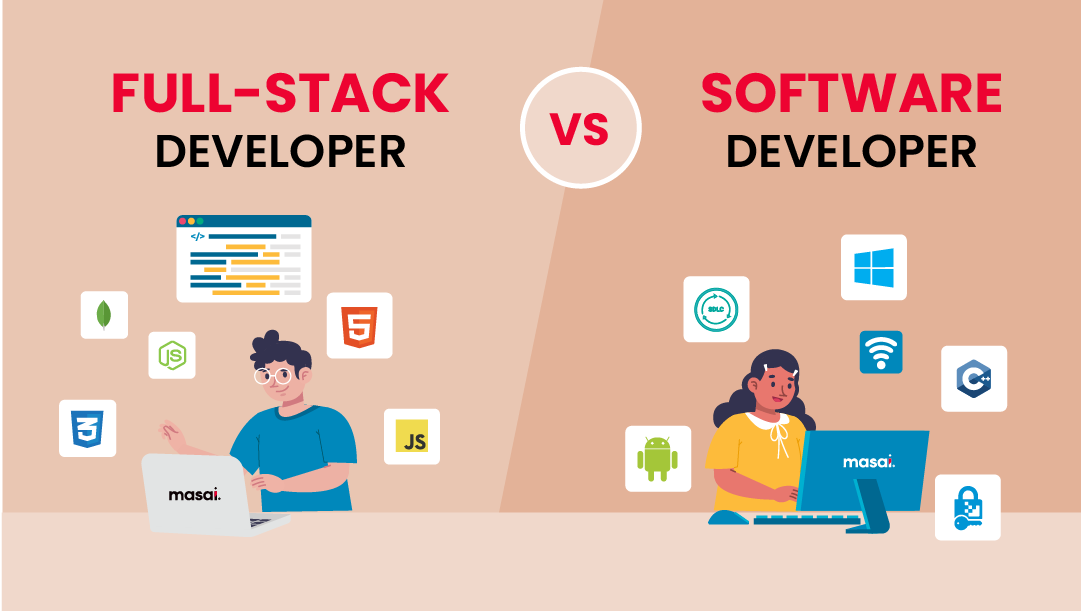The Benefits of a Dedicated Development Team in an Open Market
The Benefits of a Dedicated Development Team in an Open Market
Blog Article
Devoted Developers vs. In-House Teams: Which Is Right for You?
The choice in between utilizing devoted developers and maintaining an in-house team is a considerable one that can affect the trajectory of your tasks and total organization method. Devoted developers give a level of versatility and specialized expertise that can be advantageous for particular, temporary efforts. Conversely, internal groups add to a natural firm culture and a nuanced understanding of long-lasting objectives. By analyzing important elements such as budget, job scope, and wanted control, you can much better identify which approach straightens with your organizational requirements. The ramifications of this choice extend beyond instant end results-- think about the more comprehensive influence on your company landscape.
Understanding Devoted Developers
The expanding need for specialized skills in the technology market has actually resulted in the development of dedicated programmers as a sensible solution for several companies. These experts are commonly gotten on a job basis, permitting firms to leverage specific expertise without the long-lasting commitment connected with full time hires. Dedicated programmers are often ingrained within a customer's team, supplying adaptability and scalability to fulfill project requirements.
This model allows organizations to access a worldwide skill pool, which is specifically helpful in a quickly evolving technological landscape. Committed developers can be sourced from different geographical places, making sure that business can locate the best capability at affordable rates. They usually bring a riches of experience and understanding, having worked on varied projects across different markets.
Additionally, committed developers can concentrate exclusively on the jobs handy, boosting performance and efficiency. They are outfitted to integrate effortlessly into existing operations, teaming up very closely with internal groups to attain job goals. This strategy not only reduces the worry of recruitment and training yet also permits companies to stay dexterous, adapting promptly to transforming market demands and technological developments.
Advantages of In-House Teams

Furthermore, in-house teams often tend to have a much deeper understanding of the company's goal, worths, and goals. This placement can enhance worker involvement and motivation, as employee really feel extra connected to their work and the company's success. Additionally, having a committed in-house team enables far better alignment of methods and purposes, as these participants are consistently focused on the business's top priorities.
In-house teams likewise promote quicker decision-making processes, as they can react extra rapidly to modifications and difficulties. The recognized connections and experience with firm methods permit for streamlined workflows and reduced miscommunication. Eventually, the combination of a cohesive society, placement with business objectives, and reliable interaction makes in-house groups a useful asset for several organizations, specifically those looking to cultivate long-term growth and development.
Expense Considerations
When examining expense considerations, both in-house teams and dedicated developers existing distinctive economic effects for organizations. Involving committed developers usually entails a pay-per-project or per hour price design, which can be affordable for companies with fluctuating project demands. This go to this web-site method permits adaptability in scaling sources up or down, ensuring that business just spend for the solutions they require.
On the other hand, internal groups entail Home Page fixed expenses, including salaries, benefits, and overhead expenditures such as office and tools. While this model supplies better control and instant schedule of resources, it may cause higher lasting expenses, specifically if the workload does not warrant a full time team.
In addition, business need to consider the concealed costs related to employment and training of in-house workers, which can better strain budget plans. Sometimes, the time and resources invested on taking care of an in-house group can diminish the company's core organization purposes.

Job Monitoring and Versatility
Task management and adaptability are crucial factors that affect the selection between dedicated designers and internal groups. Dedicated groups typically have actually established procedures for handling jobs efficiently, leveraging specific approaches like Agile or Scrum, which assist in iterative progress and versatility.

Eventually, the selection in between dedicated designers and in-house groups hinges on the desired degree of adaptability and the details project monitoring demands. Firms must review their functional dynamics, task intricacy, and resource accessibility to figure out which alternative aligns finest with their tactical goals.
Making the Right Option
Picking the best advancement approach-- specialized designers or internal teams-- calls for a careful evaluation of numerous elements that align with a firm's strategic objectives. nearshore software development. Consider the nature of the task. Committed developers may be more ideal if it demands specialized abilities or a quick scale-up. Alternatively, in-house groups can give far better continuity and integration with existing workers.
Following, assess your budget. Devoted designers commonly offer a cost-efficient remedy for short-term jobs, while internal groups might incur higher lasting costs because of incomes, benefits, and overhead prices. Examine the degree of control and partnership desired; in-house groups generally promote stronger interaction and placement with firm culture.
Additionally, consider the time framework. If instant results are required, devoted developers can be onboarded quickly, whereas building an in-house group takes time for employment and training. Consider the long-lasting vision of your organization. Investing in an in-house team might yield far better returns over time if continuous advancement is important. Eventually, the choice depends upon an extensive evaluation of these elements, making sure positioning with your company's operational requirements and general purposes.
Verdict
Finally, the choice between internal groups and dedicated designers depends upon project requirements and use this link business goals. Devoted designers give adaptability and specialized competence, making them appropriate for temporary campaigns. Conversely, internal teams cultivate a cohesive culture and deeper placement with lasting objectives. Careful assessment of budget constraints, project timelines, and desired control degrees is vital for identifying one of the most ideal strategy, making sure placement with tactical priorities and functional efficiency.
The decision in between utilizing specialized programmers and preserving an in-house group is a significant one that can affect the trajectory of your jobs and overall organization technique.Project management and versatility are crucial variables that influence the selection in between dedicated designers and in-house teams. dedicated development team.In comparison, in-house groups may excel in preserving a constant project monitoring structure due to their knowledge with the company's culture and long-term goals. Dedicated programmers commonly offer a cost-efficient service for short-term projects, while in-house groups may sustain higher long-term costs due to salaries, benefits, and expenses expenses.In conclusion, the decision in between committed programmers and internal teams hinges on task needs and business goals
Report this page